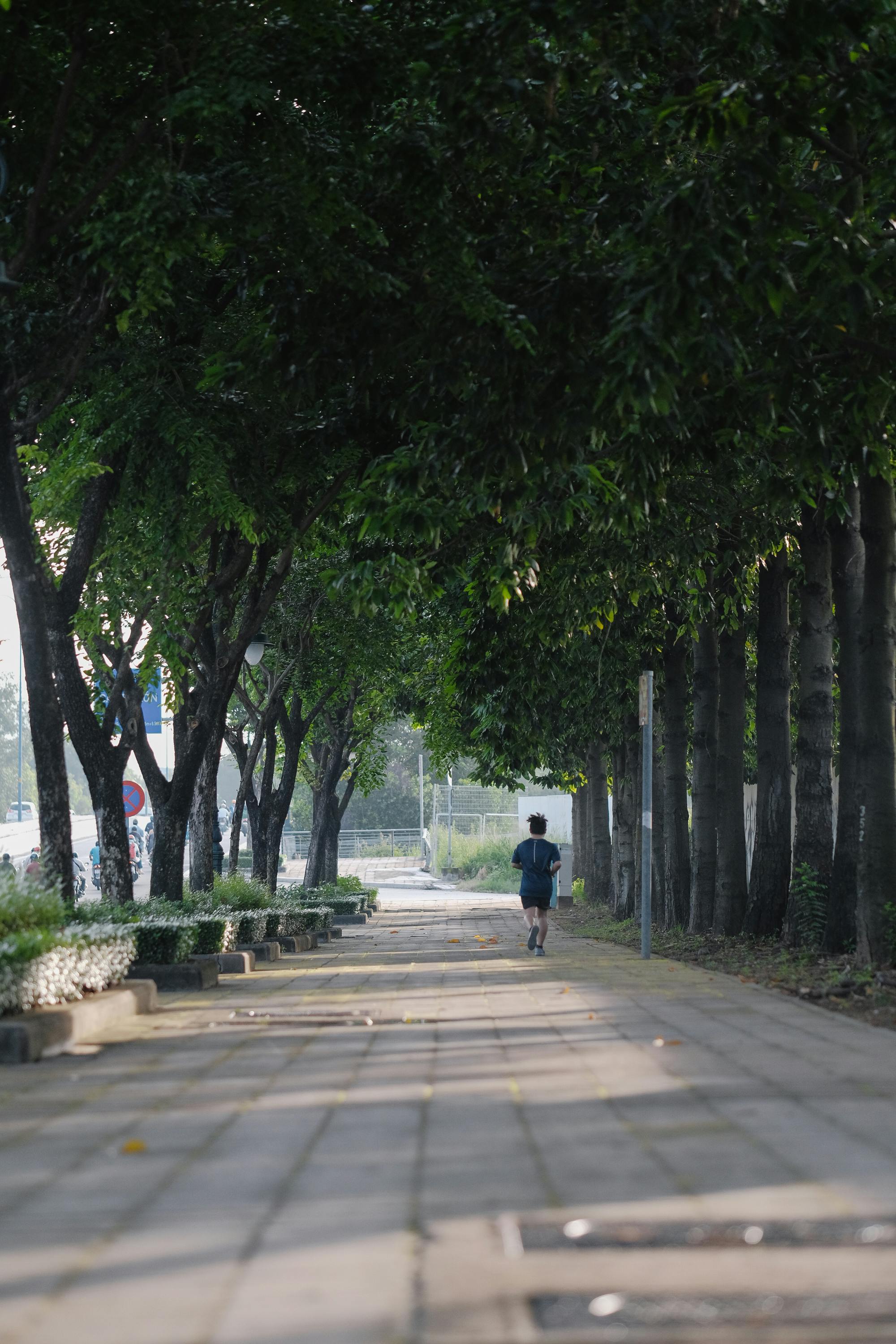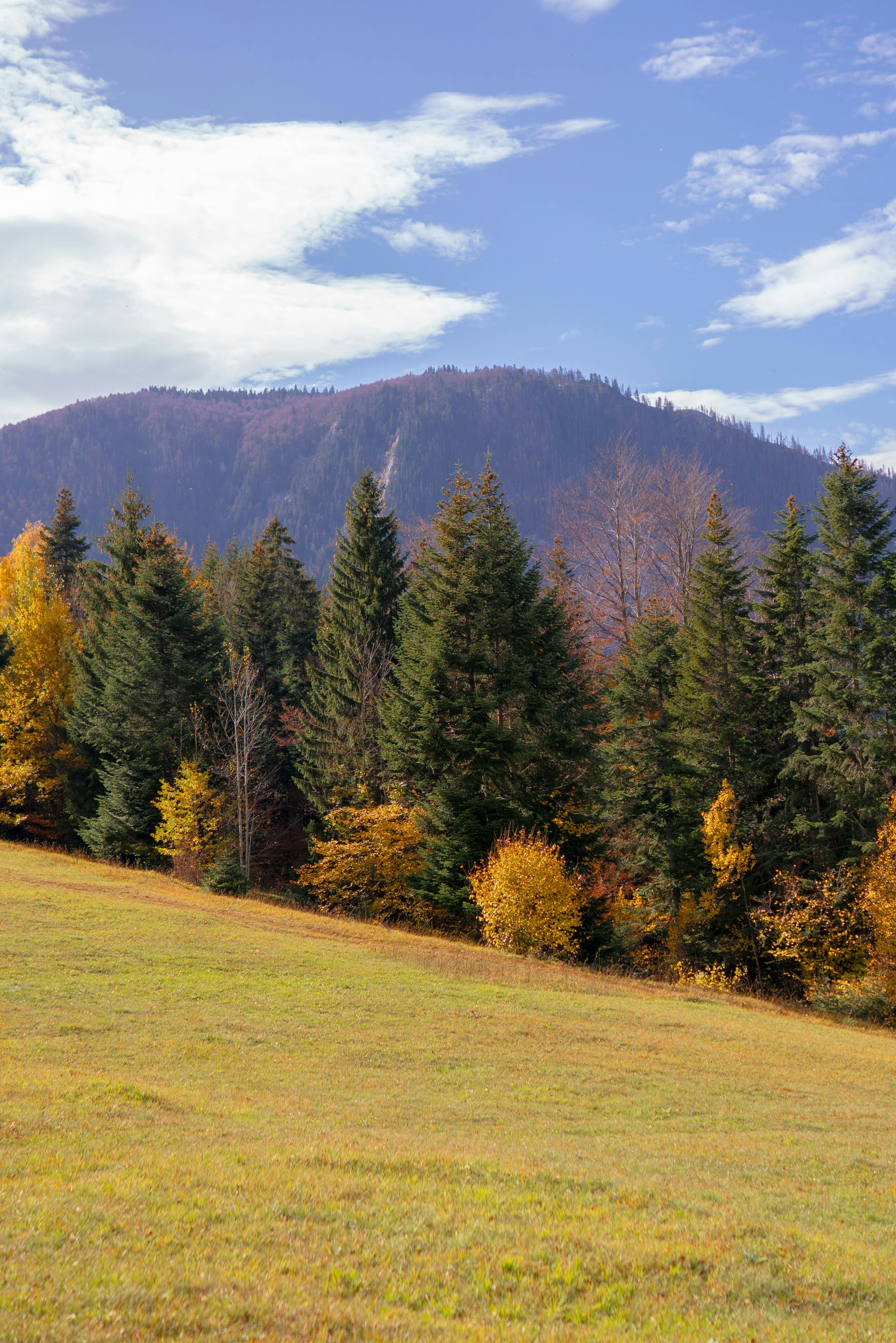Should I Remove A Tree Close To House? So you’ve got a tree growing dangerously close to your house and you’re wondering if it’s time to bid it farewell. Well, you’re in luck because we’re here to help you weigh the pros and cons. removing a tree near your house might be necessary in certain situations, such as when it poses a risk to the structural integrity of your home or if it’s causing damage to your foundation. On the other hand, trees provide shade, enhance the aesthetic appeal of your property, and offer a habitat for wildlife. In this article, we’ll explore the factors to consider when deciding whether to remove a tree close to your house, ensuring you make an informed decision that best suits your needs and the health of your home.

Should I Remove A Tree Close To House
Potential Risks
When considering whether or not to remove a tree close to your house, there are several potential risks that you need to take into account. These risks include structural damage, root invasion, and the possibility of falling branches. Each of these risks poses potential harm to both your property and your personal safety, so it’s important to carefully evaluate each factor before making a decision.
Structural Damage
One of the primary risks associated with having a tree close to your house is the potential for structural damage. As trees grow, their roots can spread and potentially cause harm to your foundation, resulting in cracks or instability. Additionally, the branches of a tree can pose a risk of damage to your walls and roof, especially during severe weather conditions such as storms or high winds. These structural issues can be costly to repair and may even compromise the safety and stability of your home.
Root Invasion
Another risk to consider when deciding whether or not to remove a tree near your house is the potential for root invasion. As trees grow, their roots can extend underground and potentially interfere with utility lines and systems. This can lead to damage to underground utilities, such as water or gas pipes, which can be both expensive and dangerous. Additionally, tree roots can clog drainage systems, causing water to pool around your property and potentially lead to issues such as flooding or damage to your yard.
Falling Branches
The risk of falling branches is also an important factor to consider when evaluating whether or not to remove a tree close to your house. During storms or periods of high winds, branches can break off and potentially cause damage to your property. This can include damage to your roof, windows, or even vehicles parked nearby. Falling branches can also pose a significant risk to personal safety, particularly if they were to fall on a person or obstruct a pathway. Therefore, it’s crucial to carefully assess the condition and stability of the tree and its branches when determining whether removal is necessary.

Species and Size
When evaluating the risks associated with a tree close to your house, considering the species and size of the tree is crucial. Different tree species have varying characteristics, including growth patterns, root systems, and overall size. Some tree species have more aggressive root growth, making them more likely to cause damage to foundations or utilities. Similarly, larger trees may pose a greater risk of falling branches due to the sheer weight and size of their limbs. Understanding the specific species and size of the tree near your house can help you better assess the potential risks involved.
Tree Health
The health of the tree is another important factor to consider when deciding whether or not to remove it. Trees that show signs of decay or disease may be more prone to falling branches or root issues. Decay can weaken branches, making them more likely to fall during storms, while diseased trees may have compromised root systems, increasing the risk of root invasion. Additionally, insect infestations can further damage the tree, potentially leading to issues such as weakened limbs or eventual tree death. Thoroughly inspecting the health of the tree can assist in determining if removal is necessary.

Proximity to House
The proximity of the tree to your house is another crucial factor to consider. The distance between the tree and your home, as well as the angle at which it leans or overhangs, can influence the level of risk it poses. Trees that are positioned too close to the house may have roots that are already causing damage or branches that are in immediate danger of falling. Additionally, the location of the tree in relation to potential obstructions, such as power lines or other structures, must be taken into account when assessing the risks involved. Properly evaluating the proximity of the tree can help you understand the urgency of removal, if necessary.
Alternative Solutions
Before jumping to the decision of removing a tree close to your house, it’s worth considering alternative solutions that may mitigate the risks involved. Pruning or trimming the tree can help reduce the weight and length of branches, minimizing the likelihood of them falling and causing damage. Additionally, installing root barriers can help restrict the growth of tree roots, preventing potential invasion into utility lines or drainage systems. These alternative solutions can be effective in minimizing risks while allowing you to maintain the presence of the tree on your property.

Consulting an Arborist
When faced with the decision to remove a tree close to your house, it’s highly recommended to consult with an arborist. An arborist is a tree care professional who can assess the condition of the tree, evaluate the risks involved, and provide expert recommendations tailored to your specific situation. By conducting a professional assessment, an arborist can identify any potential hazards, evaluate the overall health of the tree, and provide informed opinions on the best course of action. Relying on the expertise of an arborist can help ensure that you make an informed decision that prioritizes both the safety of your property and the health of the tree.
In conclusion, the decision of whether or not to remove a tree close to your house requires careful consideration of various factors. The potential risks of structural damage, root invasion, and falling branches must be evaluated in light of the tree’s species and size, its health condition, and its proximity to your house. Exploring alternative solutions, such as pruning or installing root barriers, can provide viable options before resorting to removal. Ultimately, seeking the advice of an arborist can help you make an informed decision, ensuring the safety and well-being of your property while considering the importance of preserving the natural beauty and benefits that trees offer.

